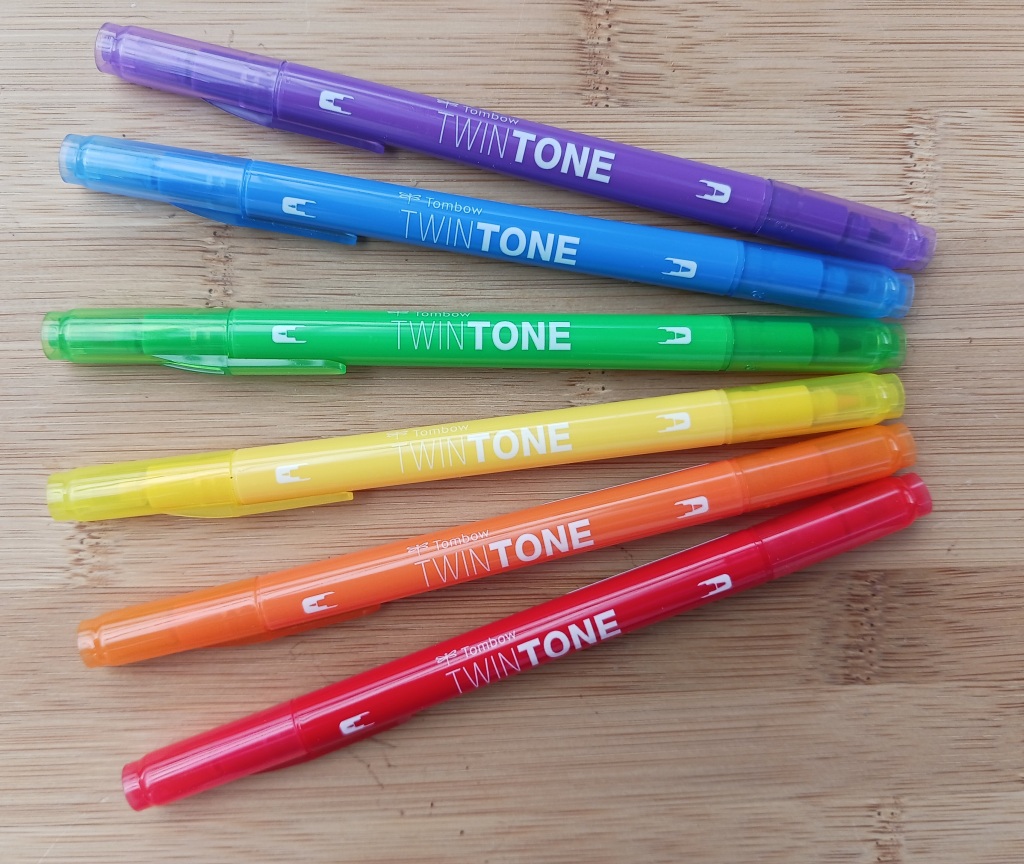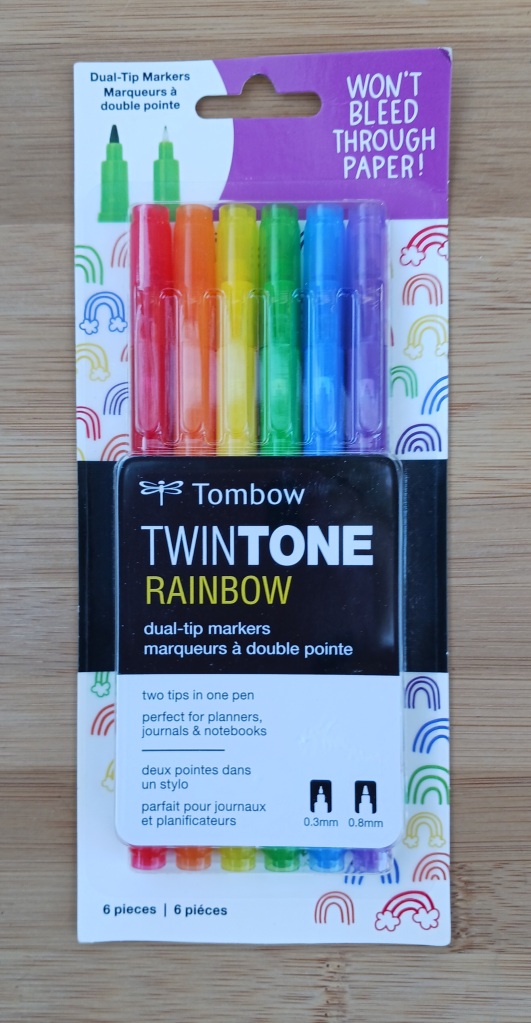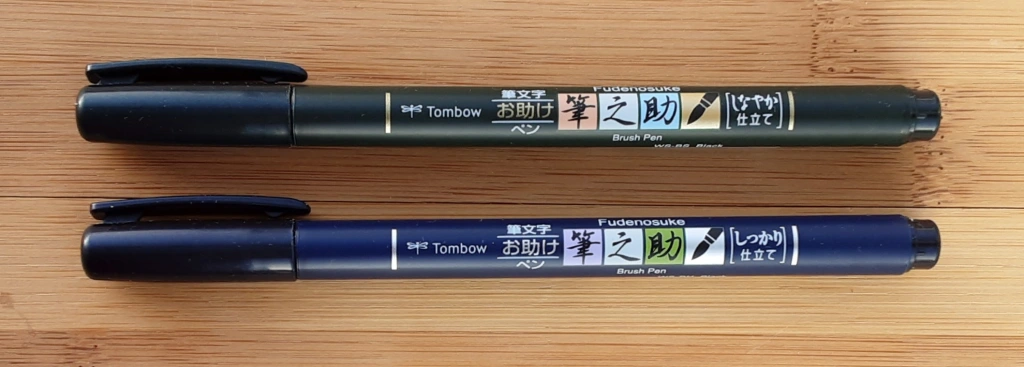
Tomorrow is Rubber Eraser Day. It commemorates the day, April 15, 1770, when Joseph Priestly discovered a vegetable gum that had the ability to remove pencil marks: “I have seen a substance excellently adapted to the purpose of wiping from paper the mark of black lead pencil.” He called this substance “rubber.” Later that year Edward Nairne started selling cubes of rubber to use as erasers. No longer did people have to use breadcrumbs to try to remove pencil marks.
April 15 is also notable for being Leonardo da Vinci’s birthday in 1452. As pencils hadn’t been invented yet, he would have had no need for a rubber eraser. He drew with silverpoint, pen and ink, and chalks. He might have wanted a way to remove his ink marks though. If only he had a Tombow MONO Sand eraser. I got one of these little gems in my Christmas stocking. Although this eraser was made in Malasia, Tombow is a Japanese stationery company. I have their Tombow Twintones markers and Tombow Fudenosuke brush pens but this is the first eraser of theirs I have tried. I don’t know why, but all their erasers are called MONO.
The Sand eraser is made from natural rubber latex and silica grit. It is stiff and you can definitely feel the grit in it. It works by rubbing off the top layer of paper so is ineffective on inks that soak through like a Sharpie. A gentle and slow approach is best so you only remove just enough of the paper to get rid of the ink mark. It leaves behind a fine crumb that is easy to brush away.

If the Tombow MONO Sand eraser were a person, they would show true grit and perseverance but have an abrasive personality with little patience for mistakes.


















